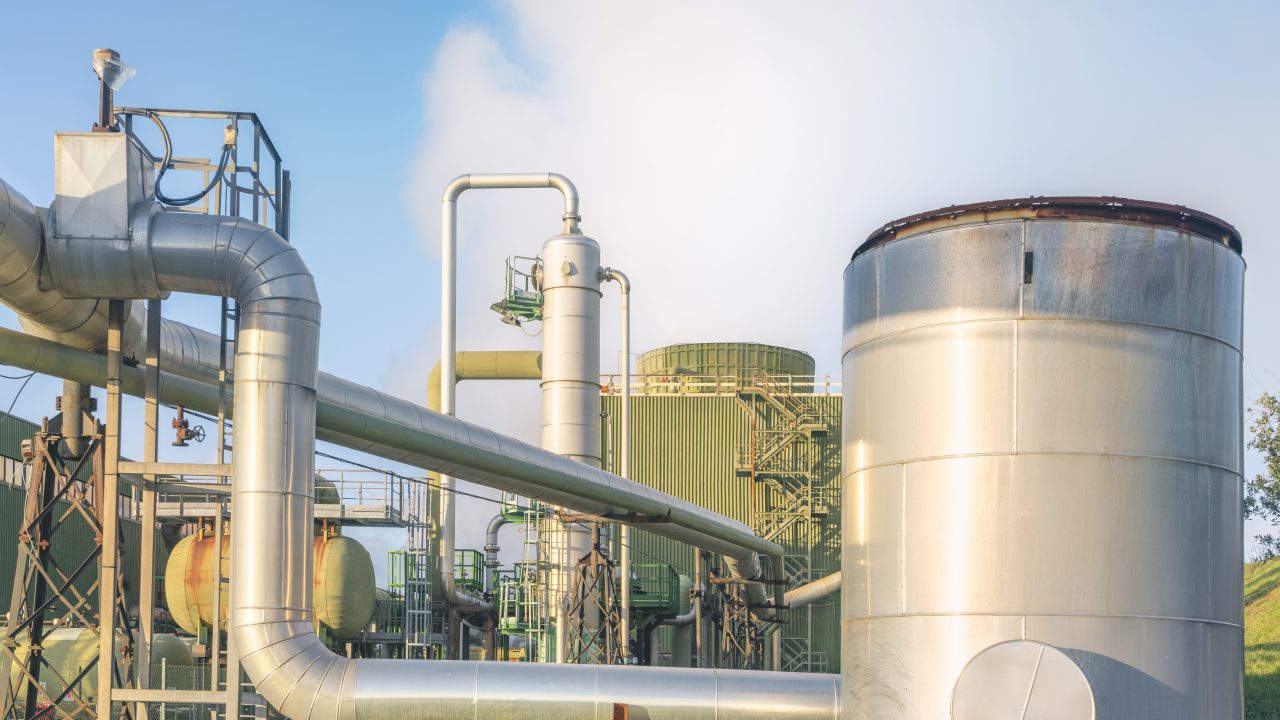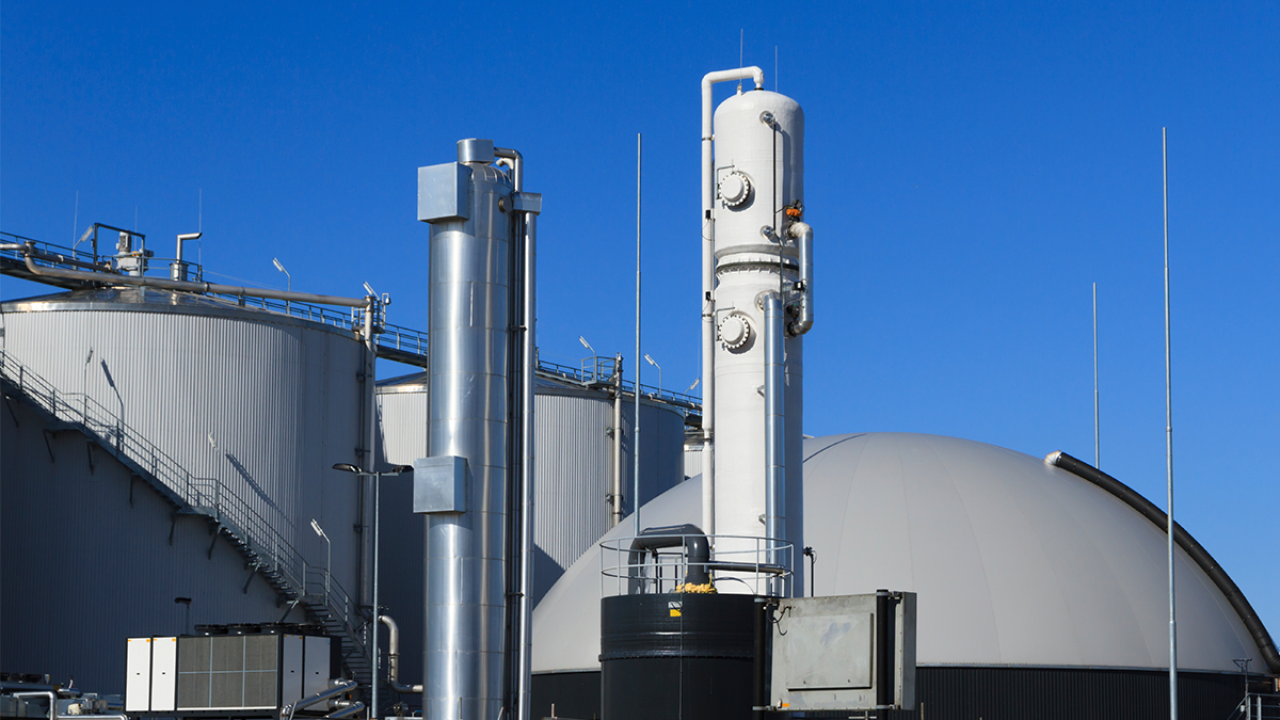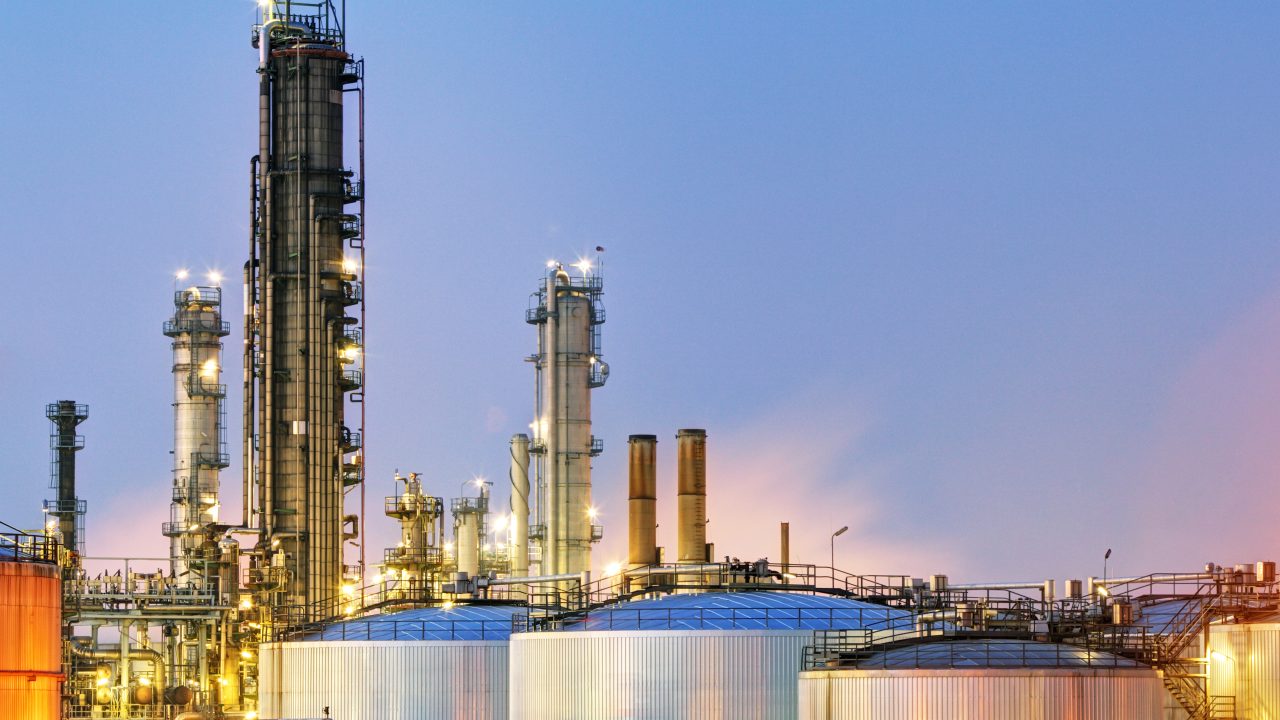
Tailored Power Modes for Varied Environmental Demands
Dynament’s Non-Dispersive Infrared (NDIR) gas sensors are available in two power configurations, each optimised for specific ambient conditions:
- Standard-Power Models: Designed for typical indoor or industrial use, these sensors operate approximately 7–8°C above ambient temperature.
- High-Power Versions: Suitable for demanding settings like refrigeration and freezer units, these models reach up to 20°C above ambient temperature.
This increased surface temperature reduces the likelihood of condensation, an issue common in humid or fluctuating environments. However, condensation may still occur if the sensor surface falls below the dew point, impairing optical performance and measurement accuracy.
Best Practices for Moisture Mitigation and Reliable Operation
To maintain accurate readings and avoid interference caused by moisture, the following recommendations should be followed:
- Avoid rapid shifts in ambient temperature near the sensor.
- Ensure the gas sample is dried before entering the sensing chamber.
- Operate at the maximum rated 5V input to stabilise internal temperature.
These measures help protect sensor components and sustain optimal performance.
Moisture: Its Effect on NDIR Sensor Functionality
- Disrupted Signal Accuracy: Condensation inside the sensing chamber can distort readings by interfering with the pyroelectric detector’s reception of infrared signals, potentially resulting in false or inaccurate gas measurements.
- Impaired Infrared Transmission: Water vapor on optical surfaces can scatter infrared light, weakening the signal and producing unstable readings over time, especially if residues or particulates accumulate.
- Corrosive Damage and Longevity Risk: Prolonged exposure to moisture may lead to corrosion, especially when reactive gases like hydrogen sulfide (H₂S) are present. This can result in the formation of damaging compounds such as sulfuric acid. Protecting optical elements is vital for extending sensor life and reducing maintenance.
Why Condensation Matters in Sensing Technology
Condensation forms when moisture in air or gas settles on cooler surfaces below the dew point, where vapor transitions into liquid due to temperature differentials or saturation. In sensing systems, condensation on optics degrades performance and can lead to long-term mechanical and chemical damage.
Keeping sensor surfaces above the dew point is crucial in environments prone to temperature cycling, high humidity, or moisture ingress.
Inside Dynament’s NDIR Gas Detection Technology
Dynament sensors use infrared absorption to measure gas concentration, including CO₂, CH₄, and various refrigerants, without dispersive components.
Core Features:
- Durable IR Emitter: Tungsten filament for extended life
- Sensitive Detectors: Pyroelectric sensors with temperature compensation
- Gas Sampling Chamber: Allows diffusion of target gas.
- Integrated Electronics: Includes temperature sensors and signal processors.
A modulated infrared beam produces a sinusoidal signal captured by gas and reference channels. When gas is present, signal strength decreases in the active channel while remaining constant in the reference. The signal ratio provides precise gas concentration values and compensates for temperature variations and IR source aging, supporting long-term sensor stability.
Final Thoughts
Dynament’s NDIR sensors offer a reliable solution with excellent sensitivity and resilience for professionals developing gas monitoring systems. Their dual power options help mitigate condensation risks, and their intelligent design ensures consistent performance across diverse environmental conditions.
For further technical details or assistance, contact our team at sensors@dwyeromega.com




